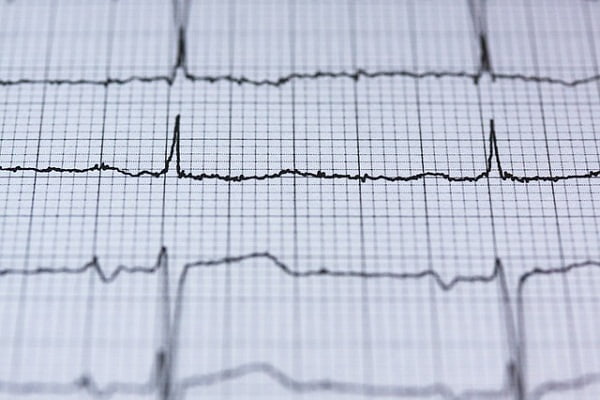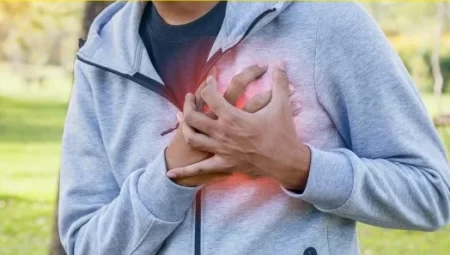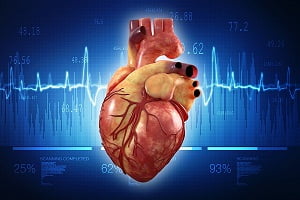
Types of Arrhythmias
There are two basic kinds of arrhythmias based on heart rate:
Tachycardia:
The condition in which heart beats are increased or beat too fast is called tachycardia (more than 100 beats per minute).
Tachycardias can be classified into two types – tachycardias in the atria, and tachycardias in the ventricles.
Bradycardia:
Whereas, the condition in which the heart beats get slower or beat too slow is called bradycardia (less than 60 beats per minute). If you have a slow heart rate and your heart is not pumping enough blood, you may have one of the various types bradycardias. These include:
Sick sinus syndrome: The sinus node, which is responsible for regulating the pace of your heart, does not send impulses properly in this case.
Conduction block: Your heart’s electrical pathways can get a block near the AV node or in the AV node. AV node lies on the pathway between your atria and your ventricles. This block causes conduction block type of tachycardia.
Types of Arrhythmias Based on Site of Origin
Arrhythmia may be classified by the site from where they originate. Various major types are listed below:
Atrial Fibrillation
Atrial fibrillation is a very common type of arrhythmia. It occurs when the electrical impulses in your atria are disorganized and overrules your heart’s normal rate and rhythm. This results in your atria to contract in an abnormal manner. You may observe that the rate of your heart beat feels irregular and it is faster than a normal heart beat rate. In this case, there is a greater risk of developing a blood clot in your heart, which could result in a stroke.
Supraventricular Tachycardia
There are several different types of Supraventricular Tachycardia (SVT). Many of them occur by one or more extra electrical pathways in your heart, between the atria and the ventricles. This can result in your heart beat rate to be very fast, around 250 beats per minute or more. This type of disorder is often spontaneous (usually for some minutes).
Ventricular Tachycardia
In case of ventricular tachycardia, the electrical impulses move too quickly from your ventricles that results in blood to be pumped out faster than normal. This can cause your blood pressure to be very low and can cause a risk of cardiac arrest (your heart stops beating). If the situation lasts for 30 seconds or more, it’s called sustained ventricular tachycardia. This situation can result in ventricular fibrillation and cardiac arrest.
Ventricular Fibrillation
Ventricular fibrillation is a condition in which electrical impulses begin firing from numerous sites in your ventricles. This emerges very quickly and causes your heart’s ventricles to shake rather than pumping. Ventricular fibrillation seems to occur in seven out of 10 persons having a cardiac arrest.
Heart Block
Heart block is the condition where there’s a problem with transmission of electrical impulses from your atria to your ventricles. There are several different types of heart blocks. It can arise in your atrioventricular (AV) node or in the muscle fibers that affect your ventricles. Heart blocks may be of varioys types such as:
- First degree heart block
- Second degree heart block
- Type 1 second degree heart block
- Type 2 second degree heart block
- Third degree heart block also known as complete heart block
Tachy-Brady Syndrome
In this condition, the sinoatrial node, that generates electric pulses inside your heart do not work properly. This is known as sick sinus syndrome. It results in the heart to beat slowly and then quickly due to an atrial arrhythmia. This can result in palpitations and blackouts.
Premature Heartbeats
A premature heartbeat is an extra beat. It usually does not mean that you have a serious problem. You can occasionally experience it. But, a premature beat can sometimes cause a longer lasting arrhythmia.






